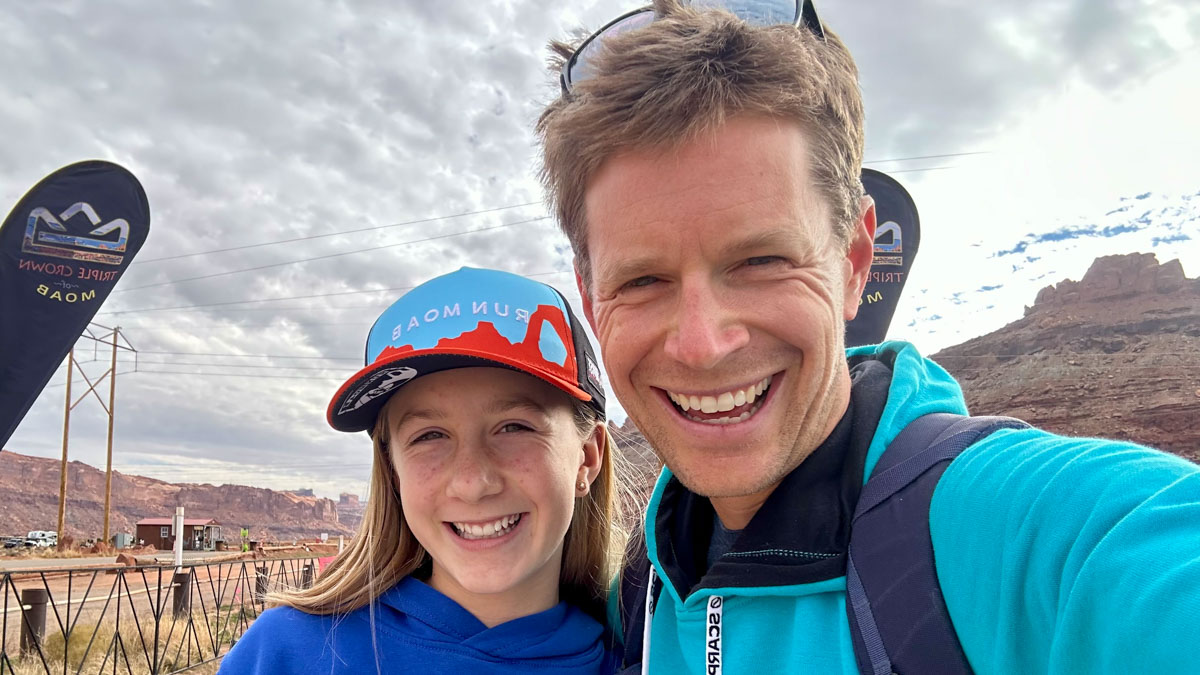
"In this monthly article series, ultrarunner, race director, and coach Gabe Joyes answers reader questions about anything and everything running. Learn more about this ask-the-athlete column, and be sure to fill out the form below to submit your questions for a future article! In this article, Gabe answers questions about trail super shoes, eating for optimal running, and planning race schedules in the era of lotteries. Plus, a running fashion question!"
"As it sounds like you may have already noticed, Julian, not all that much! To be fair, many of the speedy carbon-plated trail shoes on the market have some sort of construction to make them more stable, but stable here is a relative term. Compared to road shoes, this typically means a wider base, slightly stickier rubber, and a bit more aggressive lugs."
"From my own personal experience, I have found that these speedy shoes are probably only good for dirt road running and are not really appropriate for the trails - at least in my area in Wyoming. If your trails are more like a buffed-out strip of dirt, then they might work for you, but if your trails require any sort of hopping around or plyometric-type motions, then I'd recommend sticking to an actual trail shoe."
Keep race-day logistics simple to reduce stress and improve performance; small, familiar support crews can provide companionship without added management complexity. Lightweight, carbon-plated trail or gravel super shoes often differ from road super shoes only modestly, typically adding a wider base, stickier rubber, and more aggressive lugs for relative stability. Those speedy shoes perform well on dirt roads and buffed trails but are unsuitable for technical trails requiring hopping or plyometric movements, so use dedicated trail shoes for technical terrain. Race scheduling now often involves lotteries, so plan flexibly and maintain nutrition strategies and appropriate running apparel for comfort and performance.
Read at iRunFar
Unable to calculate read time
Collection
[
|
...
]